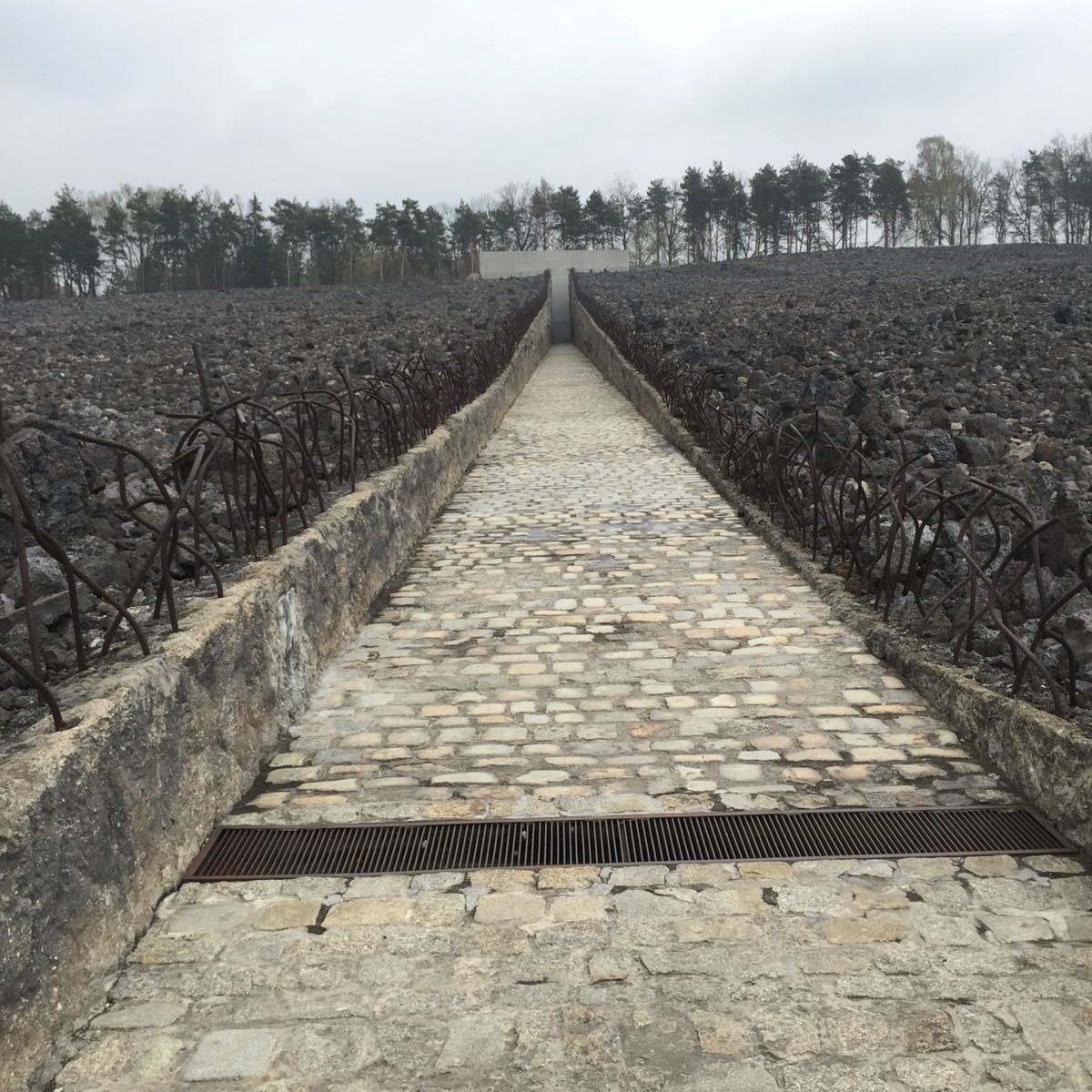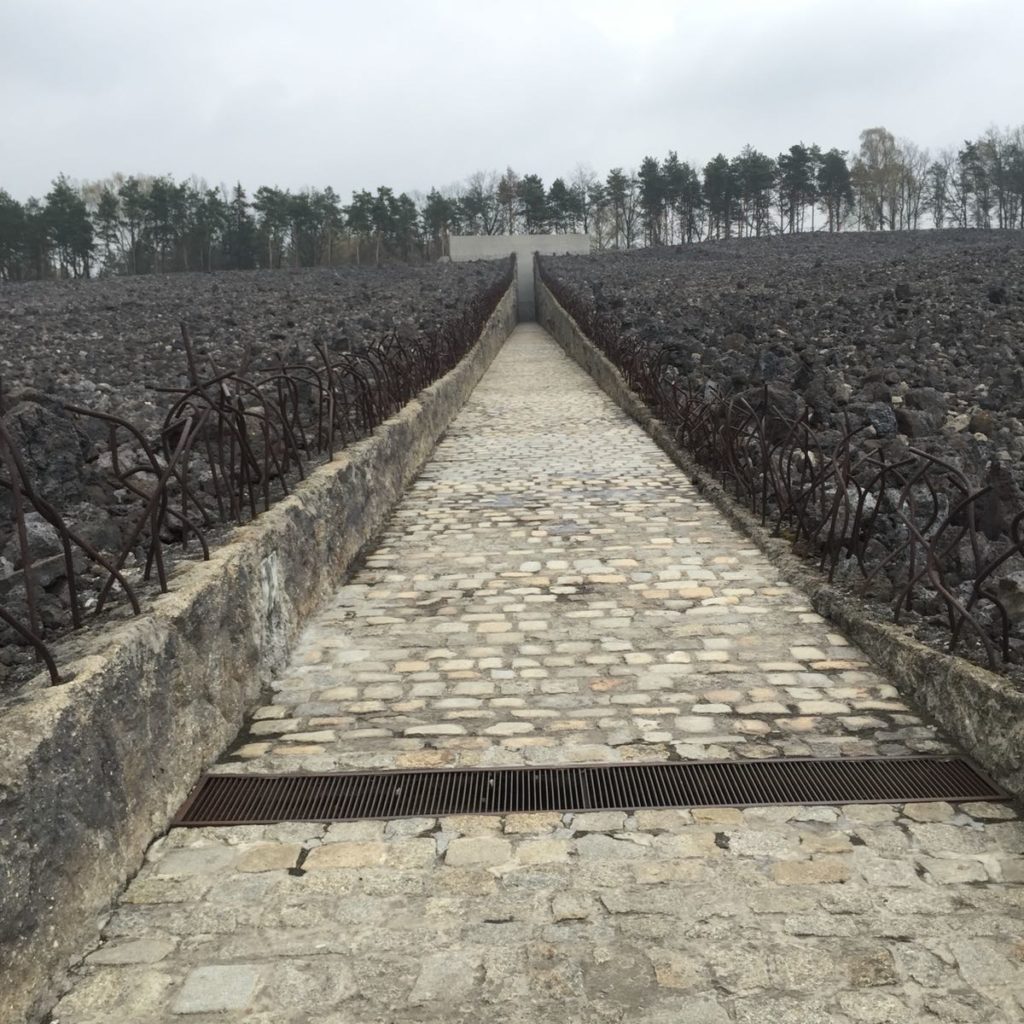
12 Jul 2018 Parshas Masei & Chodesh Av: The Journeys of our Fathers
 In the beginning of Parshas Masei, the second of this week’s double parshios (Matos Masei), the pasuk (verse) says: אֵלֶּה מַסְעֵי בְנֵי יִשְׂרָאֵל, אֲשֶׁר יָצְאוּ מֵאֶרֶץ מִצְרַיִם לְצִבְאֹתָם: בְּיַד-מֹשֶׁה, וְאַהֲרֹן – These are the journeys of the Children of Israel, who had gone out of the land of Egypt according to their legions, under the direction of Moshe and Aharon (Bamidbar 33:1).
In the beginning of Parshas Masei, the second of this week’s double parshios (Matos Masei), the pasuk (verse) says: אֵלֶּה מַסְעֵי בְנֵי יִשְׂרָאֵל, אֲשֶׁר יָצְאוּ מֵאֶרֶץ מִצְרַיִם לְצִבְאֹתָם: בְּיַד-מֹשֶׁה, וְאַהֲרֹן – These are the journeys of the Children of Israel, who had gone out of the land of Egypt according to their legions, under the direction of Moshe and Aharon (Bamidbar 33:1).
Over the first forty-nine verses of this parsha, the Torah narrates each location to where the people journeyed, where they rested, and where they journeyed to next, in their years of desert wanderings. וַיִּסְעוּ בְנֵי-יִשְׂרָאֵל, מֵרַעְמְסֵס; וַיַּחֲנוּ, בְּסֻכֹּת – And the Children of Israel journeyed from Ramses and camped in Succos; וַיִּסְעוּ, מִסֻּכֹּת; וַיַּחֲנוּ בְאֵתָם, אֲשֶׁר בִּקְצֵה הַמִּדְבָּר – and they journeyed from Succos and they camped in Esam, which is in the edge of the wilderness (ibid, v.5-6), and so on and so forth.
What is the purpose of listing all the remote, wilderness locations where the people journeyed to and from?
R’ S. R. Hirsch writes (Bamibar 33:1-2), “These journeys and stopovers were associated with a whole series of events and experiences which were worthy of being remembered by the kinsmen, the fellow tribesmen, and the descendants of those directly affected by them. However, these events – experienced by particular families and tribes – are not recorded in the Torah, which addresses the nation as a whole. The memory of these events was therefore preserved by oral tradition, and this list includes signposts and signals by which to remember that tradition.
“One can only surmise how many other traces of the wanderings and sojournings of our forefathers may have been preserved in these places in the wilderness for the immediate and more distant future, and what opportunities these could have offered to the children and the grandchildren of the generation of the wilderness to visit the places where G-d revealed Himself in His wondrous guidance. Visiting these places, future generations could contemplate the authenticity of G-d’s presence on earth so eloquently expressed in the history of their forebears. The very barrenness and aridity of these localities in the wilderness, a desert so vast that even a caravan must carefully count the days in order to make its provisions hold out, a desert in which an entire people, at least two and a half million souls, lived for forty years – the very sight of these places in the wilderness (Rambam, Moreh Nevuchim III:50) provides ample documentation for the Divine nature of history of Israel’s establishment!”
Though we can no longer identify many of these exact spots where our forefathers wandered so many millennia ago, by virtually touring these locations – by recalling, reading about, and remembering them – we can retrace the path of our forefathers.
זְכֹר יְמוֹת עוֹלָם, בִּינוּ שְׁנוֹת דֹּר-וָדֹר – Remember the days of old, consider the years of many generations, שְׁאַל אָבִיךָ וְיַגֵּדְךָ, זְקֵנֶיךָ וְיֹאמְרוּ לָךְ – ask your father and he will tell you, your elders and they will say to you (Devarim 32:7).
We are a people of history, and our personal and national journey does not begin in the here and now. It began, rather, at the dawn of our national history, when our forefathers marched – hopeful, proud and faithful – out of Egypt, to a new existence and reality. And if we want to march forward successfully, in our day and in our time, we must recall the years of old and all that our predecessors faced in their days and in their time.
While we live in the preset and forge the future, we are a people rooted in the past.
These are the journeys of the Children of Israel, who had gone out of the land of Egypt according to their legions, under the hand of Moshe and Aharon… And they journeyed from Eilim and encamped by the Sea of Reeds; and they journeyed from the Sea of Reeds and encamped in the Wilderness of Sinai… and they encamped in Dofka, in Alush, in Rephidim, in Cha’tzairos; Risma; Rimon Peretz… (Bamidbar 33:1-19).
As we usher in the mournful month of Av, wherein we recall all churbanot (destructions) that have befallen our people from time immemorial, let us recall the journeys of our fathers and their sacrifices that have brought us to our day and time and enabled us to live, building a strong and proud future.
My maternal grandfather, Yitzchak Kaftan a’h, wrote, “A certain Sunday, one day after Pesach in the year 1942, the great catastrophe began. I remember everything, as if it has just happened. About noon shooting broke out in all the streets. Jews were running from every street, women with children. The villainous Germans photographed this horrendous picture… The cries of a child were heart rending. But no one was able to help…
“A Shabbos after Succos, in the year 1942, the darkest year in Jewish history, everyone already knew that there would be an auszeilung (a count), as it was euphemistically called. My wife and I and our 18 month old daughter (Devorah HY”D) went to an open camp, which was called Pi Park. Several hundred Jews were already there.
“Before noon on Shabbos all of us were hurried from the barracks and we could see the long box cars usually used to transport fruit already prepared for the unfortunate Krashnik Jews. I well remember the last ‘good day’ from my father. He said the last ‘be well’ to me and with tears in his eyes added: ‘Try to save yourself’…
“They drove us to Budzin, and there the true hell began… My brother-in-law, Baruch Erlich, was able to edge from the work column. He wanted to go into the city to the Christian who had taken over everything that we owned. The first Pole that met him surrendered him to the Germans. He was brought back to Budzin and shot before the eyes of everyone. I carried him outside the camp to the mass grave and I saw the hands and feet of those previously shot sticking out of the grave…
“The first Pesach in Budzin we arranged a kitchen which cooked holiday soup. Whoever so wished did not have to eat chametz during Pesach.
“… I was one of the last to leave Budzin. We were driven away to work in the salt pits near Krakow. Then to Plasenburg. From there to Laitmeritz, in Czech-Sudeten, where we worked in a gigantic, underground factory where we manufactured tank motors.
“A few days before liberation we were taken to Therezienstadt. There we were liberated by the Russian army after languishing for almost three years in seven camps, staring death in the eyes almost every day. As I was set free almost completely debilitated, skin and bone, I returned to Krashnik thinking to find someone from my family totaling 13 souls when I left my home…
“Several months later I married a woman from Chislavtse; she was the lone survivor of 9 siblings, and a husband and small child. We left for Lodz but the anti-semitic Poles did not give us any rest. In Kielce they murdered almost 50 remaining Jews.
“So we wandered from the bloody Polish Land to free and democratic Canada, but even here there may be found sufficient anti-semites from the whole world.”
From Krashnik to Pi Park, from Pi Park to Budzin, to Krakow, to Plasenburg, to Laitmeritz, to Therezienstadt, to Krashnik, to Lodz, to Canada…
As we read the final chapter of Bamidbar, which is always read as Chodesh Av begins, we recall the wanderings of our forefathers. As we prepare to mourn on Ha’yaom ha’mar vi’ha’nimhar (the bitter day saturated with bitterness), let us remember our past, as we long and hope for a peaceful future of complete redemption.
לָמָּה לָנֶצַח תִּשְׁכָּחֵנוּ, תַּעַזְבֵנוּ לְאֹרֶךְ יָמִים – Why do You eternally forget us, forsake us for length of days? הֲשִׁיבֵנוּ ה’ אֵלֶיךָ ונשוב (וְנָשׁוּבָה), חַדֵּשׁ יָמֵינוּ כְּקֶדֶם – Return to us Hashem, and we will return to You; restore our days as of old (Eicha 5:20-21).
לזכר נשמת ביילע צירל בת ר׳ יהושע אשר, ובתה רבקה ברכה הי״ד
בברכת חודש טוב, בשורות טובות, ושבת שלום
Michal



Sorry, the comment form is closed at this time.